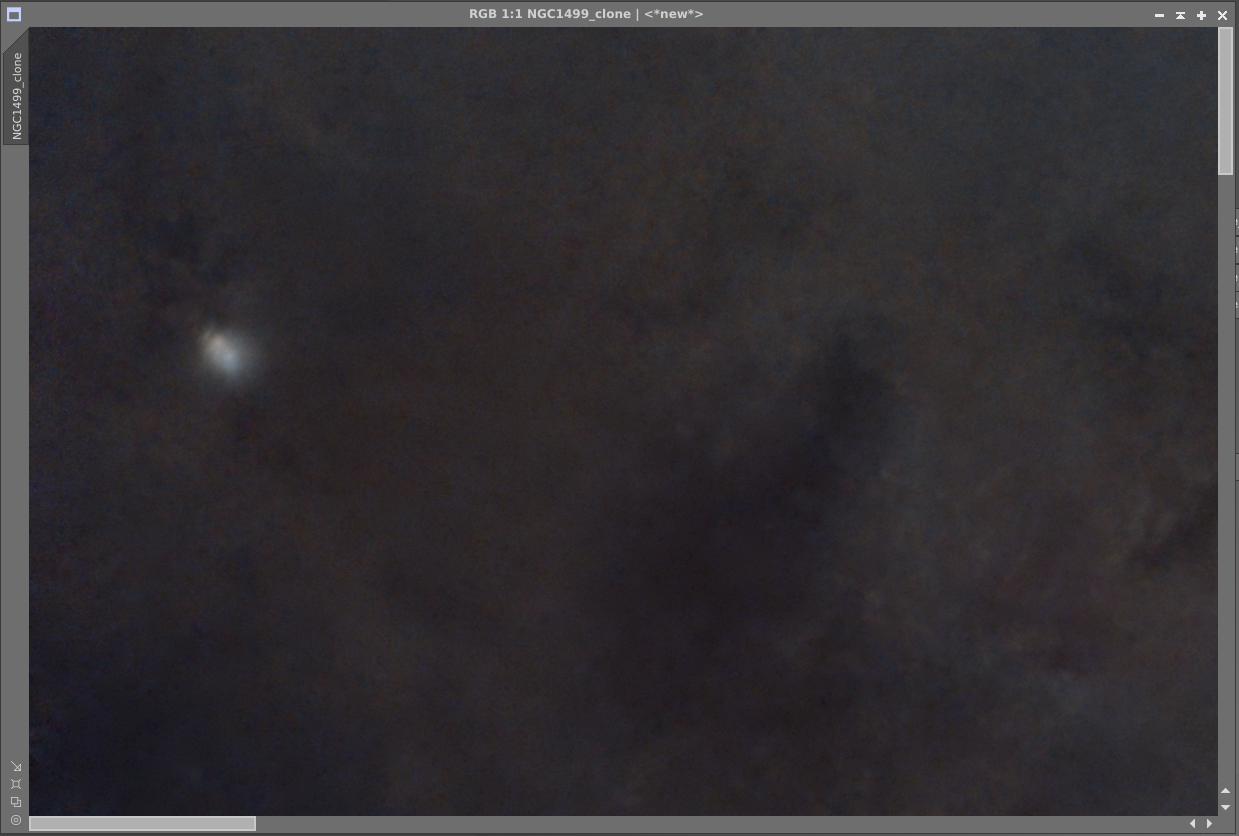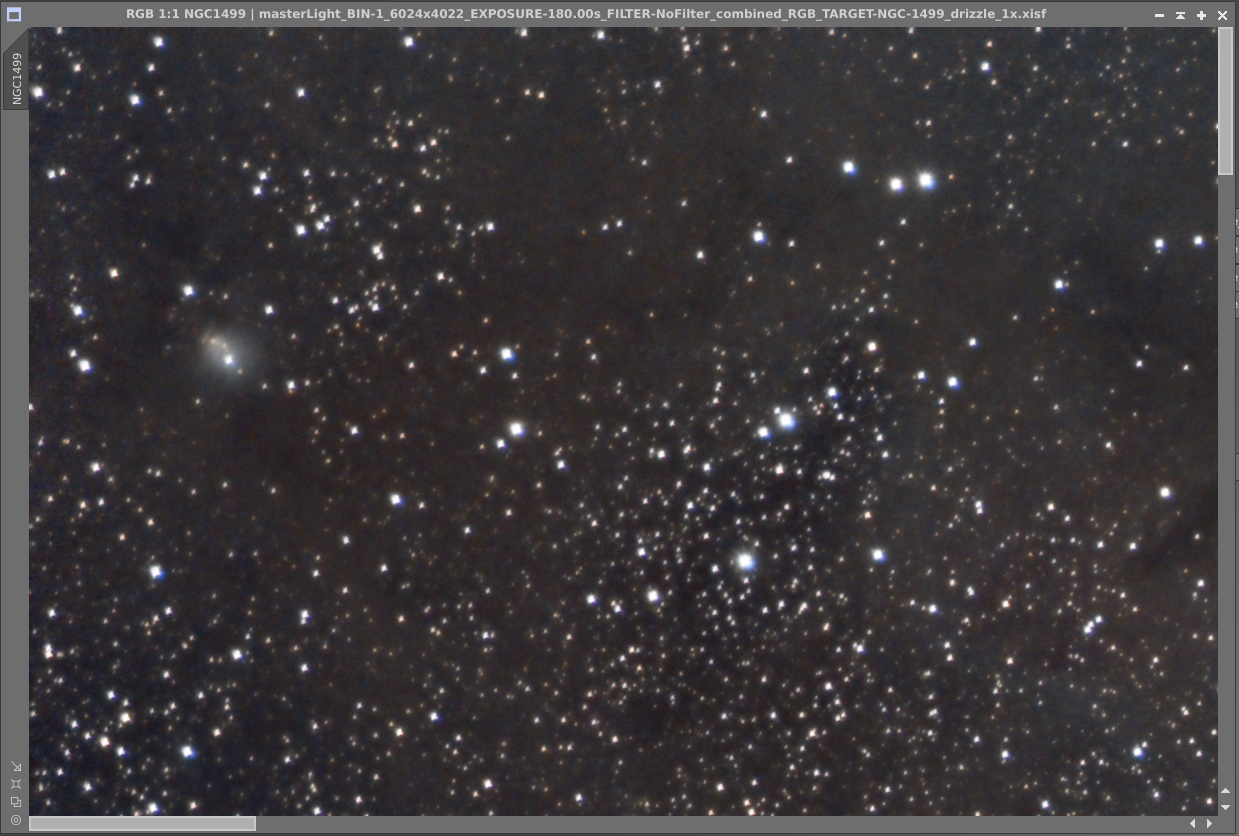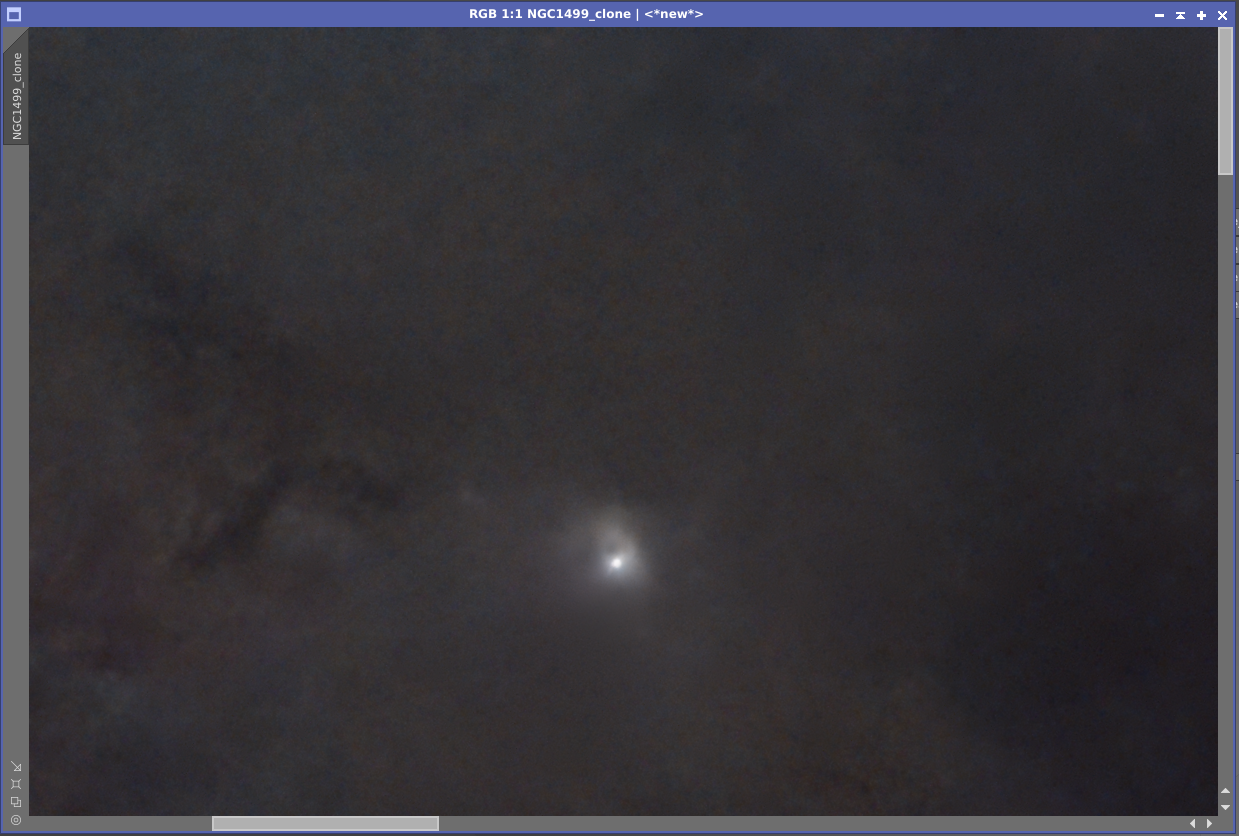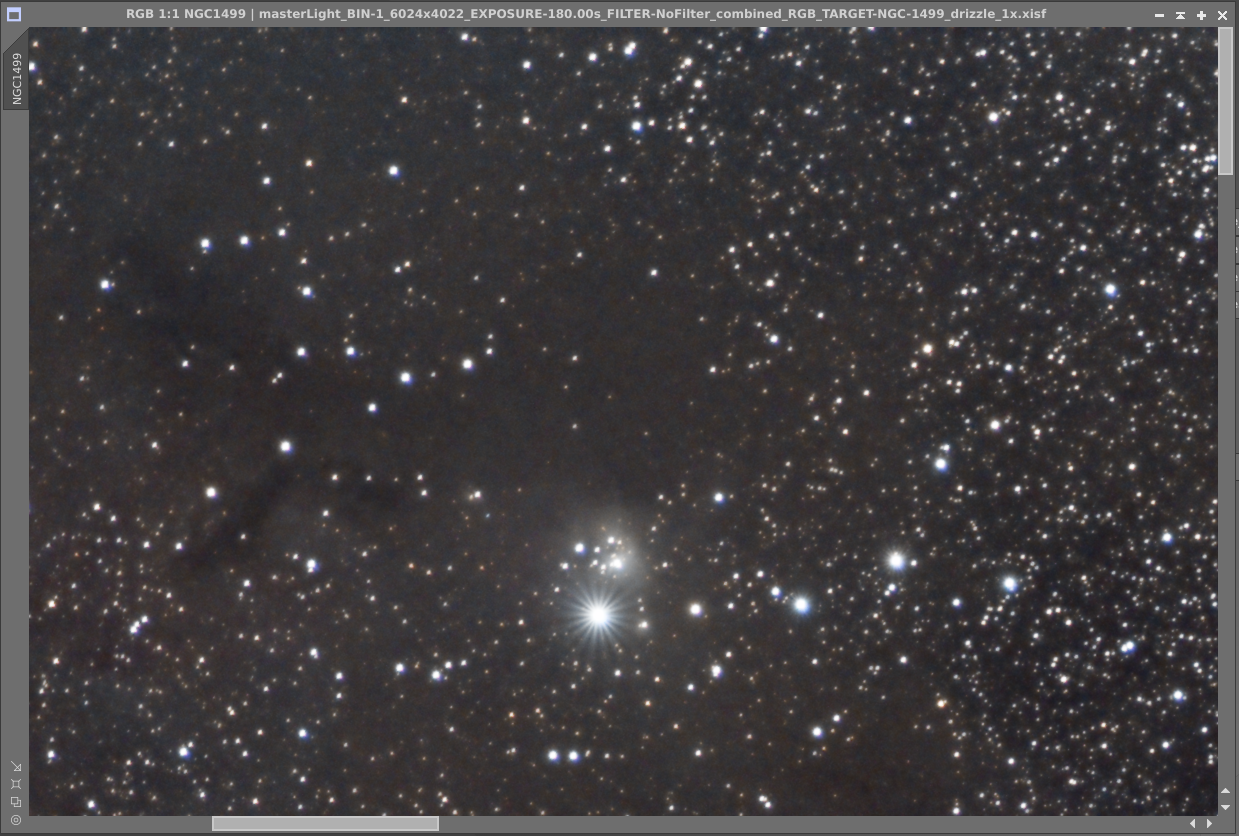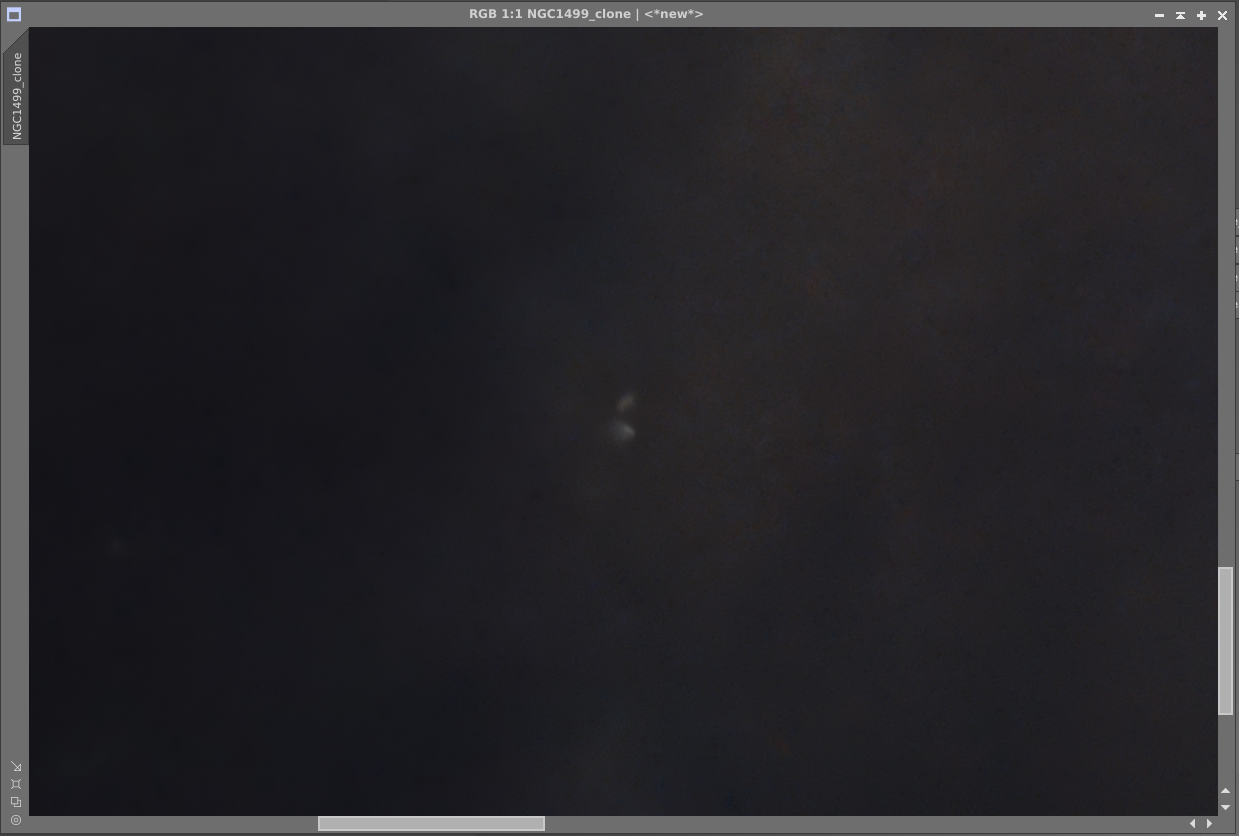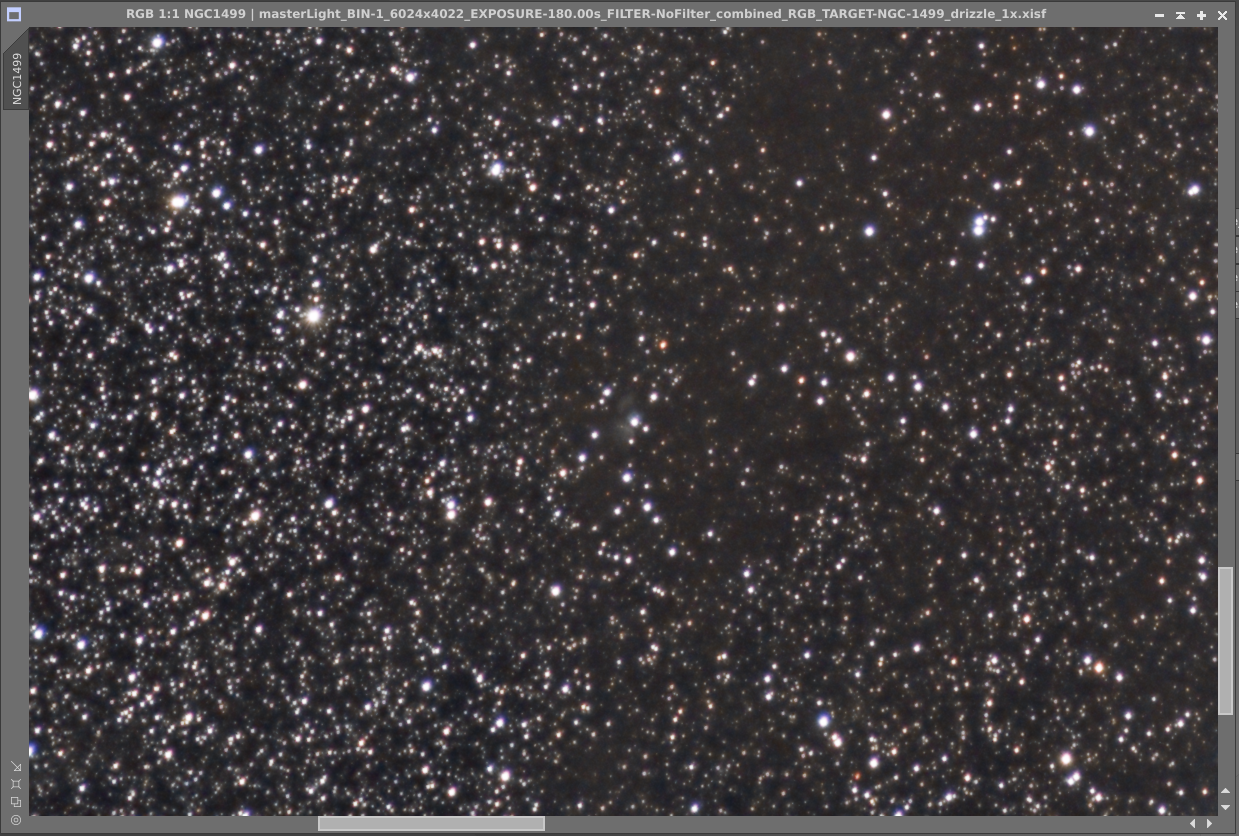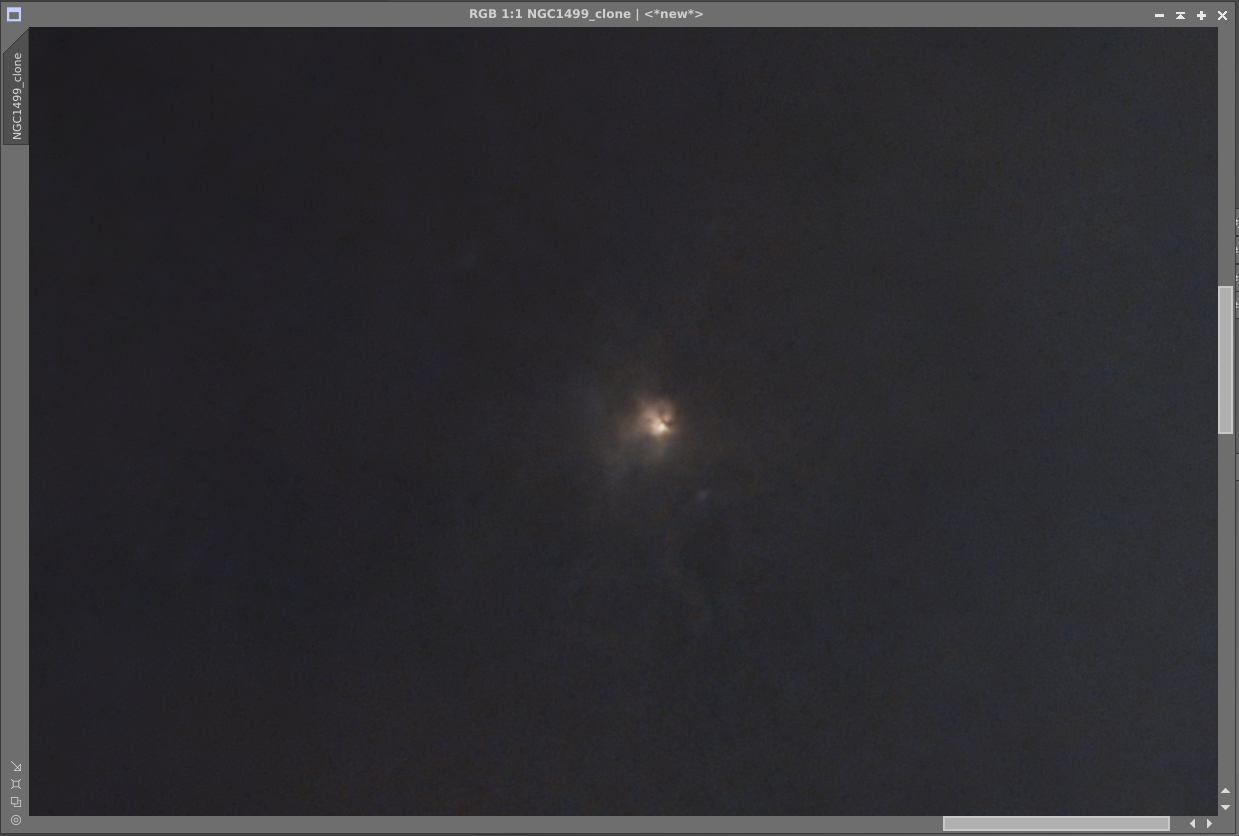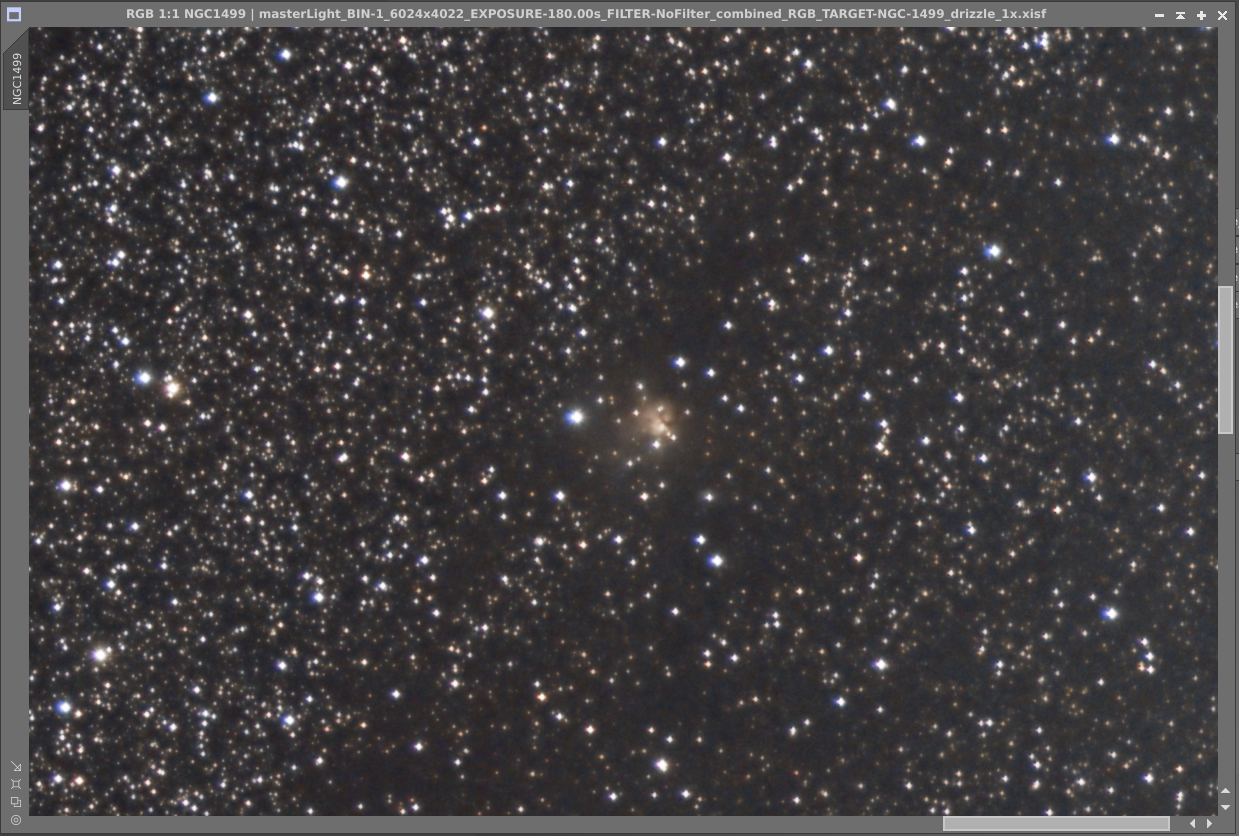 Science Daily: Mars
Science Daily: Mars
- Surprising insights about debris flows on Mars March 14, 2024
- Giant volcano discovered on Mars March 13, 2024
 Science Daily: Uranus
Science Daily: Uranus
- New images reveal what Neptune and Uranus really look like January 5, 2024
- Ringing in the holidays with ringed planet Uranus December 19, 2023
 Science Daily: Pluto
Science Daily: Pluto
- How Pluto got its heart April 15, 2024
- Evidence of geothermal activity within icy dwarf planets February 15, 2024
 Science Daily: Kuiper Belt
Science Daily: Kuiper Belt
- How Pluto got its heart April 15, 2024
- Evidence of geothermal activity within icy dwarf planets February 15, 2024
I’ve had mixed luck with StarXTerminator. When I first came across it, I found it worked better than StarNet for the images I was processing. Those were with the RedCat 51 at 250mm F/L. It was wonderful, so I bought a license and considered worth every penny.
Then I started doing some wider field images with my Rokinon 85mm F/L camera lens. Both sets of images were with an APS-C sized sensor, either the ASI 2600MC or a Canon T6i. At 85mm F/L, I was getting ugly block artifacts with StarXTerminator, so StarNet was the tools of choice. It wasn’t perfect, but it was definitely usable.
Then I saw Adam Block’s video/interview with Russ Croman, StarXTerminator’s author, discussing the recent update. I’m usually pretty diligent about keeping PixInsight up-to-date, but I hadn’t pulled the most recent version, so time to click that update button.
Since I was in the middle of processing a set of images of NGC 1499 (the California Nebula) taken with the Rokinon 85mm, time to feed those in. I had already done so with the old version and it had those ugly block artifacts. The new version with the new AI did a much better job, no blocks. Using the two alternate AI datasets, the version “11 lite” and “11 lite no-noise” both had mild to moderate block artifacts. The “11 lite” used with larger block eliminated the block artifacts, but also started smoothing out structure in the dust clouds, something I definitely did not want to do.
Above you can see the blockiness appear and disappear as you roll-over the image.
In both images there are four small areas that look like star halos have crept through, two in the upper left, one in center-left lower half, and one in the upper-half on the right. Let’s look at those more closely toggling between the original and the starless result at something close to 1:1 (close because I think the image is probably getting downscaled for your brower; the original capture was 1:1).
That’s Not a Star
The top left bright field is shown below. The mouse rollover should toggle between the original view and the starless view.
Surprise! It’s not a star or halo after all, but likely a bit of the dust that is near a star and more illuminated than the rest of those dust filaments. A definition score for StarXTerminator.
Hmm, Maybe It’s a Star
The next one to the right a bit less clear.
This really looks to my eye like a star embedded in the dust cloud. But…I should probably create a 3D contour of what this looks like because while it looks like (and quite likely is) a star embedded in the dust cloud, it’s not popping out quite like the other stars. I’ll give this a pass. Maybe I’ll complain later in the processing, but for now, I’m okay with this one.
Is That Even There?
If you’ll scroll back up to the original comparison of the AI 11-lite and AI 11 images, you’ll notice that there are only three bright spots; the one in the center lower-half isn’t there at all in the blocky image. Of course, there are some other details lost in that image, too, but still.
This is totally a win for StarXTerminator. Those two lobes are definitely not star halo, and definitely not stars, but they are definitely in the original as illuminated dust clouds.
Nope, That’s Not a Star Either
The final bright spot on the right side of the image
is yet another win for StarXTerminator. That bit of illuminated dust almost certainly has a star buried in it, but it’s not a star and, even better, some of the stars nestled right up against that cloud are removed very cleanly.
Written by Roland Roberts
Search
.Archives
- April 2024 (3)
- September 2022 (5)
- April 2022 (1)
- January 2022 (3)
- December 2021 (4)
- September 2021 (3)
- July 2021 (1)
- January 2021 (1)
- November 2020 (2)
- October 2020 (2)
- September 2020 (2)
- August 2020 (5)
- July 2020 (1)
- November 2019 (2)
- September 2019 (1)
- August 2019 (2)
- September 2017 (1)
- August 2017 (1)
- September 2015 (3)
- August 2015 (2)
- June 2015 (5)
- May 2015 (3)
- May 2013 (2)
- January 2013 (1)
- December 2012 (2)
- September 2012 (1)
- June 2012 (1)
- May 2012 (1)
- October 2011 (2)
- September 2011 (2)
- April 2011 (2)
- March 2011 (10)
- January 2011 (8)
- November 2010 (2)
- October 2010 (1)
- September 2010 (3)
- August 2010 (2)
- July 2010 (1)
- June 2010 (1)
- April 2010 (3)
- February 2010 (3)
- January 2010 (3)
- December 2009 (6)
- November 2009 (3)
- October 2009 (7)
- September 2009 (8)
- August 2009 (4)
- July 2009 (1)
- June 2009 (2)
- May 2009 (2)
- April 2009 (7)
- March 2009 (1)
- February 2009 (6)
- January 2009 (4)
- December 2008 (4)
- November 2008 (3)
- October 2008 (11)
- September 2008 (4)
- August 2008 (5)
- July 2008 (5)
- June 2008 (2)
- April 2008 (4)
- March 2008 (18)
- February 2008 (9)
- November 2007 (1)
- October 2007 (3)
- July 2007 (3)
- April 2007 (1)
- March 2007 (6)
- February 2007 (3)
- December 2006 (3)
- October 2006 (4)
- September 2006 (1)
- July 2006 (5)
- May 2006 (10)
- April 2006 (9)



